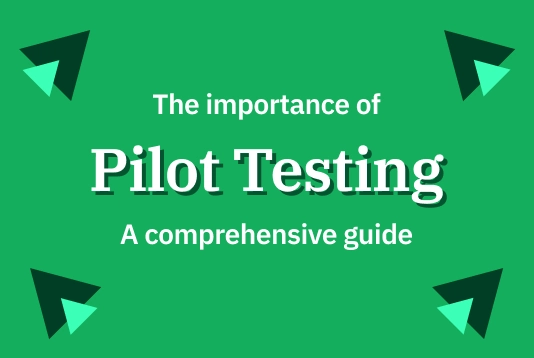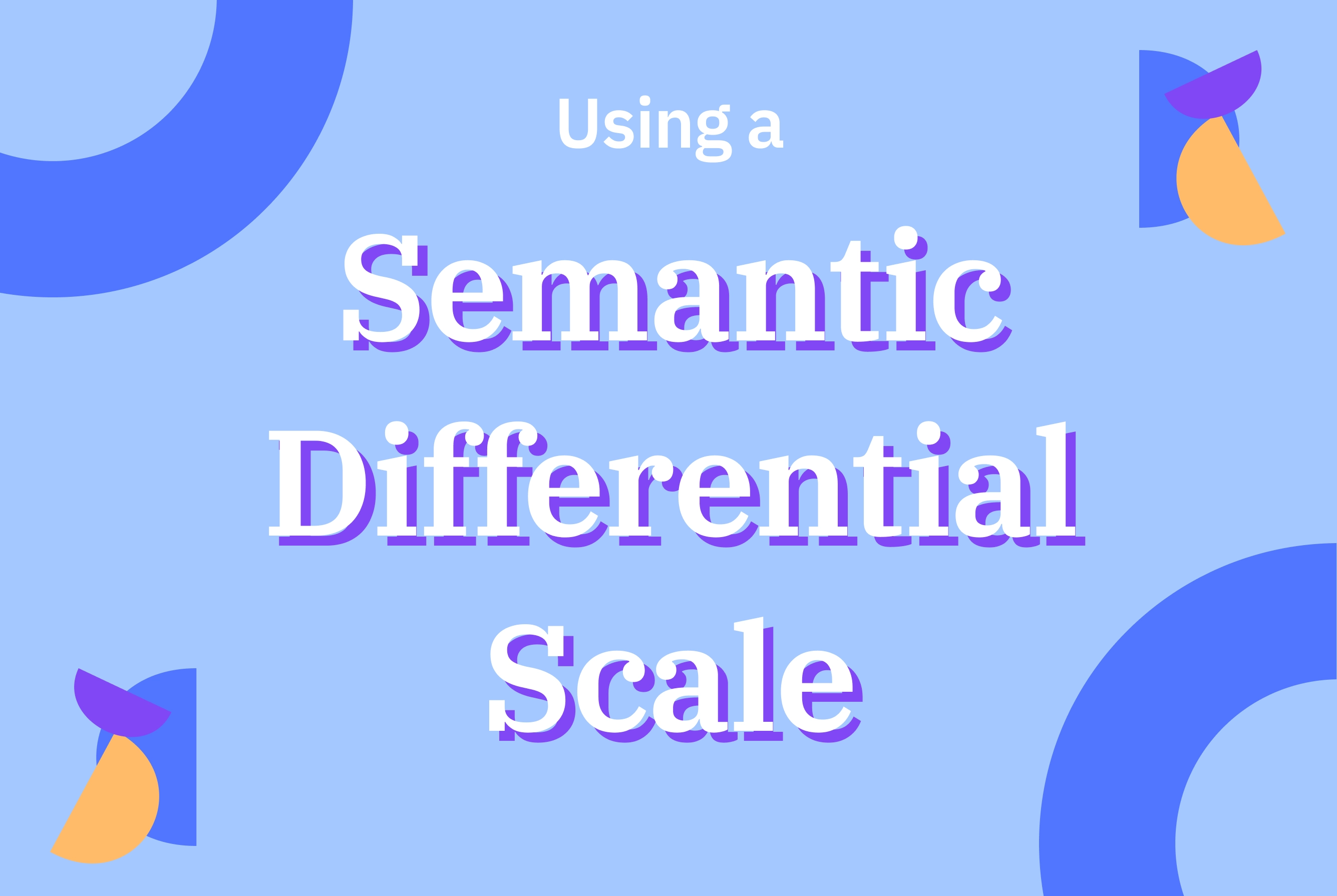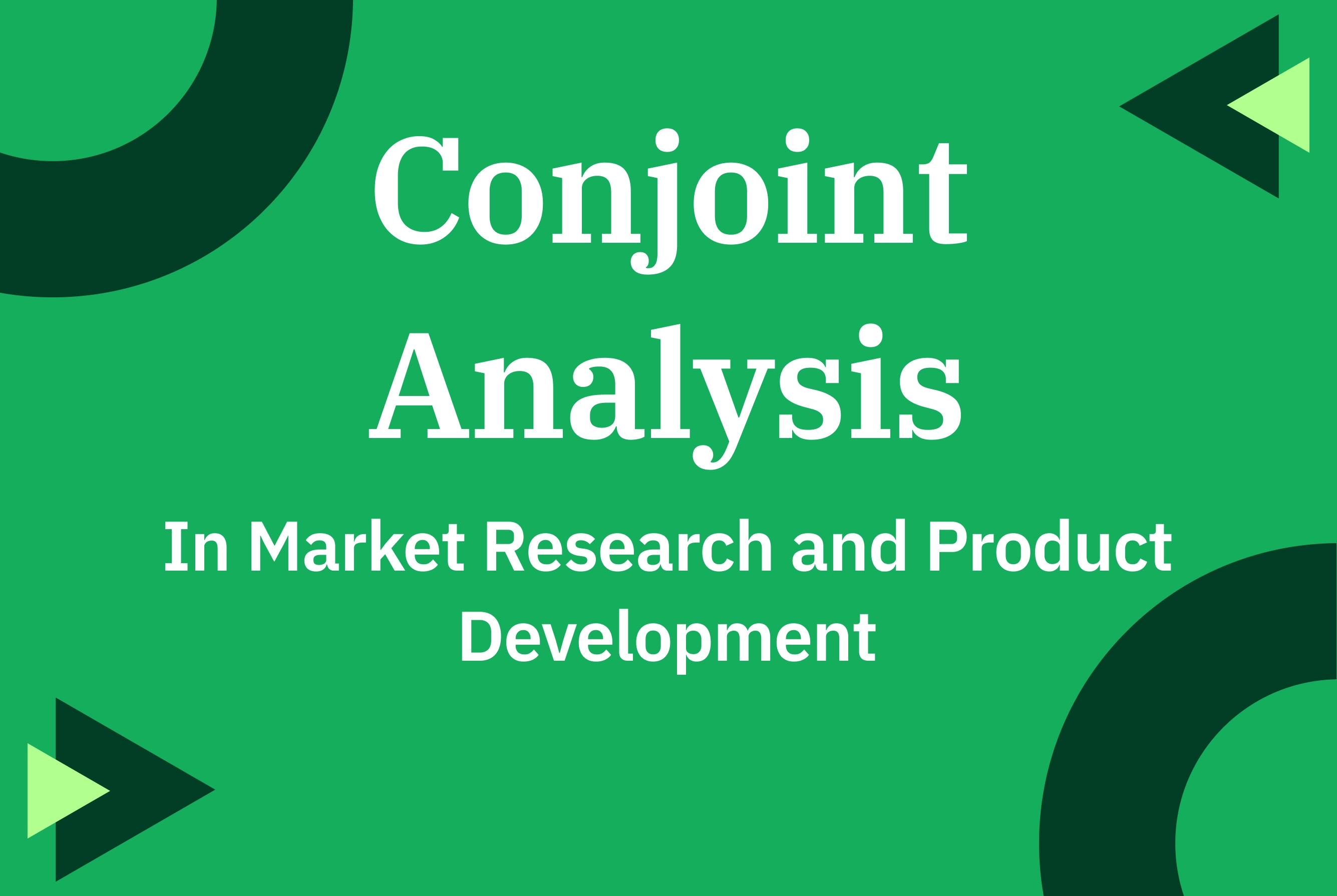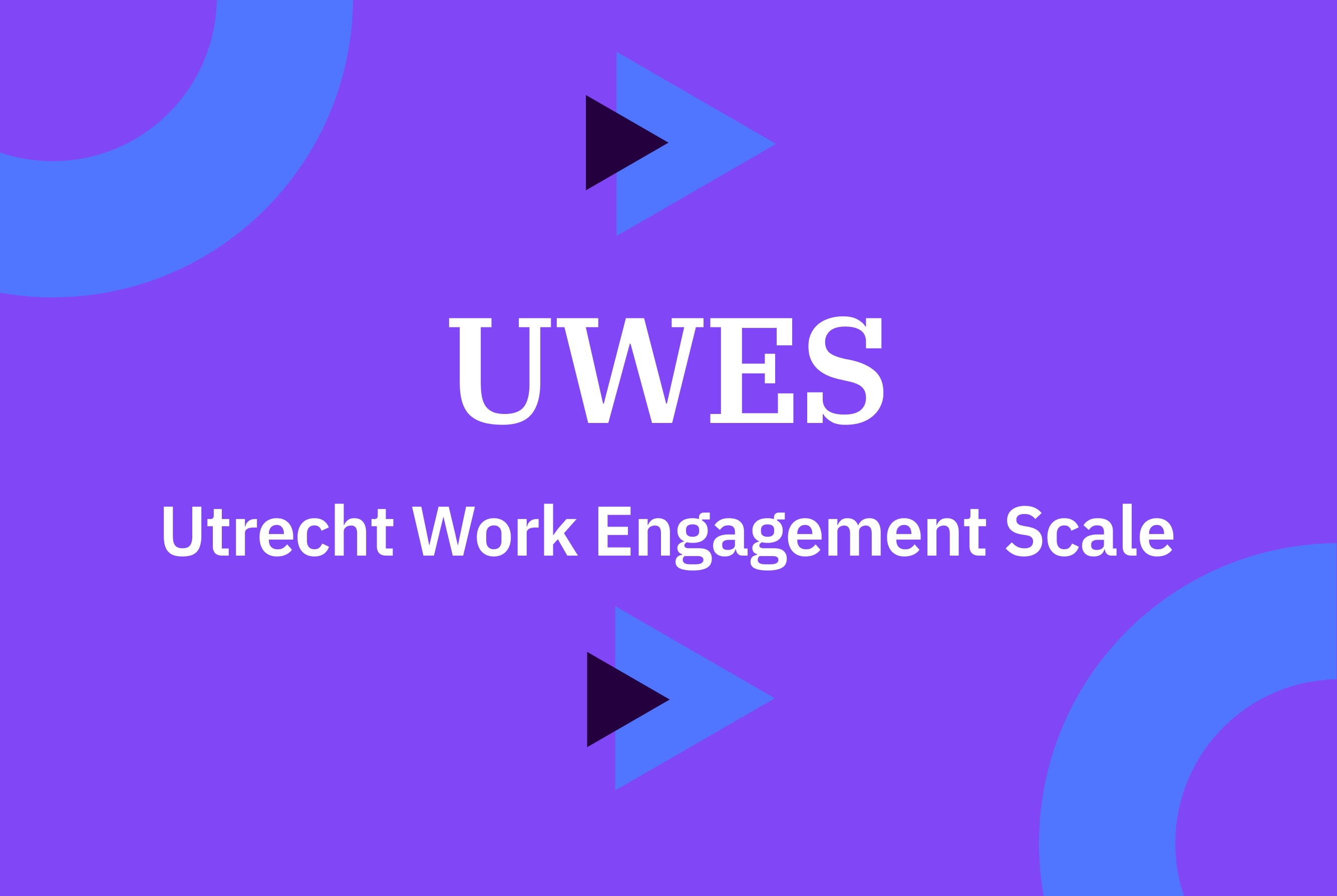Picture this: You walk into work one morning, but something feels different. The energy in the office seems flat, and yo ...
Picture this: You walk into work one morning, but something feels different. The energy in the office seems flat, and your once-enthusiastic colleagues are now going through the motions, disconnected from their tasks. You wonder how things changed so quickly. If you've ever felt this shift, you're not alone. Understanding what drives work engagement is key, helping you to restore that lost enthusiasm and drive.
Understanding employee engagement is critical for organizational success, and one of the most recognized tools for measuring work engagement is the Utrecht Work Engagement Scale (UWES).
This article explores the UWES, its significance, dimensions, scoring methods, and reliability compared to other scales.
What is the Utrecht Work Engagement Scale (UWES)?
The UWES is a psychometric tool developed to measure work engagement and is widely used in both academic and organizational settings.
The scale helps to assess the levels of engagement among employees, by asking \a series of statements that respondents rate based on their experiences at work. With LimeSurvey's customizable survey features, organizations can easily distribute the UWES, ensuring a smooth process of gathering valuable feedback on engagement levels. With a strong theoretical foundation in positive psychology, the UWES provides insights that correlate engagement with performance, job satisfaction, and employee retention.
Purpose and Importance of UWES
Unlike traditional measures that often focus on job satisfaction or burnout, the UWES emphasizes the positive aspects of work. This shift in focus is crucial, as engaged employees tend to be more productive, innovative, and committed to their organizations.
Importance of UWES:
Promoting Employee Well-being: By assessing work engagement, organizations can identify areas for improvement that enhance employee well-being. When employees feel engaged, they experience higher levels of job satisfaction and emotional well-being, reducing the risk of burnout.
Driving Organizational Performance: High levels of engagement are linked to improved job performance, lower absenteeism, and higher productivity. Engaged employees are more likely to go the extra mile, leading to better overall organizational outcomes.
Informing Organizational Strategies: The insights gained from UWES can help organizations formulate strategies for employee development and retention. By understanding what drives engagement, leaders can create tailored initiatives that foster a more engaged workforce.
The Three Dimensions of Work Engagement in UWES
The UWES framework is built around three core dimensions of work engagement:
Vigor: This dimension reflects the levels of energy and mental resilience employees exhibit while working. Engaged employees demonstrate high levels of enthusiasm and a willingness to invest effort in their tasks. Vigor is essential as it contributes to employees' ability to handle challenges effectively, leading to a more dynamic work environment.
Dedication: Dedication refers to the sense of significance and pride employees feel in their work. It encompasses aspects such as commitment, inspiration, and the willingness to contribute to organizational goals. Employees who feel dedicated are more likely to identify with their organization's mission, leading to stronger alignment between personal and organizational objectives.
Absorption: This dimension measures the extent to which employees are immersed in their work. Absorption is characterized by a state of flow, where individuals lose track of time and fully concentrate on their tasks. When employees are absorbed, they are more productive, creative, and innovative, which benefits the organization as a whole.
Together, these three dimensions provide a holistic view of work engagement, helping organizations understand employee experiences better. By measuring these aspects, organizations can pinpoint areas that require attention and intervention.
How to Score the Utrecht Work Engagement Scale
The UWES typically consists of 17 items, with respondents rating their agreement with each statement on a 7-point Likert scale, ranging from 0 (never) to 6 (always). The scoring process involves summing the ratings for each dimension:
Below is an example of how the UWES score might look like:
DimensionItemStatementRating (0 = Never to 6 = Always)
Vigor
1
When I'm studying, I feel bursting with energy.
2
I feel strong and vigorous while working on my studies.
3
When I get up in the morning, I feel like going to class.
Dedication
4
I am enthusiastic about my studies.
5
I am proud of my academic work.
6
My studies inspire me.
Absorption
7
I get carried away when I'm studying.
8
I am immersed in my studies.
9
I feel happy when I am working intensely on my schoolwork.
Respondents would fill in the rating for each item based on how often they experience these feelings at work. The total engagement score can also be calculated by averaging all items – the higher the scores, the more engaged an individual.
Understanding how to interpret the scores is essential for effective application. For example, organizations might use specific cut-off scores to categorize engagement levels (e.g., low, moderate, high), allowing them to tailor interventions based on the findings. Benchmarking against industry standards can also provide context for interpreting the results.
By using LimeSurvey, organizations can automate the scoring and analysis of UWES results, making the process of interpreting engagement levels more efficient.
UWES for Student Engagement
While originally designed for employees, the UWES has also been adapted for use in educational settings, allowing researchers and educators to assess student engagement. The student version retains the core dimensions of vigor, dedication, and absorption but contextualizes them within an academic framework.
Importance in Educational Settings:
Identifying At-Risk Students: By measuring student engagement, educators can identify individuals who may be struggling and intervene proactively. Understanding student engagement helps faculty and administrators provide the necessary support to enhance learning outcomes.
Enhancing Learning Environments: Understanding what drives student engagement can help institutions create supportive learning environments that promote academic success. Engaged students are more likely to participate actively in class discussions, collaborate with peers, and take initiative in their learning.
Furthermore, measuring student engagement through the UWES can inform curriculum design, teaching methodologies, and the overall educational experience, leading to a more fulfilling academic journey for students.
Here’s an adapted Utrecht Work Engagement Scale (UWES) for Students. The wording of the items is modified to fit the context of students rather than employees, focusing on academic engagement.
DimensionItemStatementRating (0 = Never to 6 = Always)
Vigor
1
At my work, I feel bursting with energy.
2
At my job, I feel strong and vigorous.
3
When I get up in the morning, I feel like going to work.
Dedication
4
I am enthusiastic about my job.
5
I am proud of the work that I do.
6
My job inspires me.
Absorption
7
I get carried away when l'm working.
8
I am immersed in my work.
9
I feel happy when I am working intensely.
UWES Reliability and Validity
This indicates that the items within each dimension measure the same underlying construct effectively.
Validity:
Construct Validity: Studies have shown that UWES scores correlate positively with other measures of work engagement and related constructs, supporting its validity. The UWES effectively captures the essence of work engagement as defined in positive psychology.
Criterion Validity: The UWES can predict outcomes such as job performance and turnover intentions, further validating its use as a measurement tool. Organizations can leverage these predictive capabilities to implement interventions that increase engagement and, consequently, improve retention rates.
UWES Psychometric Parameters
The psychometric parameters of the UWES reinforce its credibility as a measurement tool. The scale has been subjected to factor analysis, confirming its three-dimensional structure. Researchers have also established that the UWES can be effectively used across different cultural contexts, making it a versatile tool for global applications.
In addition to factor analysis, studies have examined the scale's test-retest reliability, demonstrating that UWES yields consistent results over time. This reliability makes it suitable for longitudinal studies aimed at tracking changes in employee engagement over specific periods.
UWES vs. Other Work Engagement Scales
The UWES stands out for its robust theoretical foundation and comprehensive measurement of engagement. Other scales, such as the Work Engagement Scale (WES) and the Job Engagement Scale (JES), may focus on specific aspects of engagement but lack the depth provided by UWES's three-dimensional approach.
Depth of Measurement: UWES's focus on vigor, dedication, and absorption offers a more nuanced understanding of engagement. This three-dimensional approach captures the complexities of employee experiences better than single-factor scales.
Research Backing: The extensive research supporting UWES's development and application makes it a trusted choice among researchers and practitioners alike. Many studies have confirmed its effectiveness across diverse sectors, enhancing its credibility.
Advantages and Limitations of UWESM
Advantages:
Comprehensive Measurement: The three dimensions provide a holistic view of employee engagement, allowing organizations to tailor interventions based on specific needs.
Wide Applicability: UWES can be applied across various sectors and cultural contexts. Its adaptability makes it suitable for different organizational settings and research purposes.
Strong Research Foundation: The scale is backed by extensive research, enhancing its credibility. This foundation ensures that organizations using UWES can trust the insights derived from their assessments.
Limitations:
Self-Reporting Bias: Like many psychometric tools, UWES relies on self-reporting, which can introduce bias. Respondents may provide socially desirable answers rather than their true feelings about work engagement.
Cultural Sensitivity: While the UWES has been tested in various cultures, different cultural contexts may influence responses and interpretations. Organizations must consider cultural factors when implementing the scale to ensure accurate assessments.
LimeSurvey helps mitigate some limitations by offering anonymous, culturally sensitive survey designs, encouraging more honest responses from participants.
Measure UWES with LimeSurvey
The Utrecht Work Engagement Scale (UWES) is a powerful tool for assessing work engagement across various contexts. With a focus on vigor, dedication, and absorption, it offers a comprehensive understanding of employee engagement, making it invaluable for organizations seeking to enhance performance, well-being, and workplace culture.
Proven reliable and valid, UWES remains a leading choice for researchers and practitioners. As employee engagement gains importance, tools like the UWES—easily deployed through LimeSurvey—will shape future workplace strategies. Leaders can use UWES insights to foster environments that boost productivity, satisfaction, and long-term success.
Get started today!








